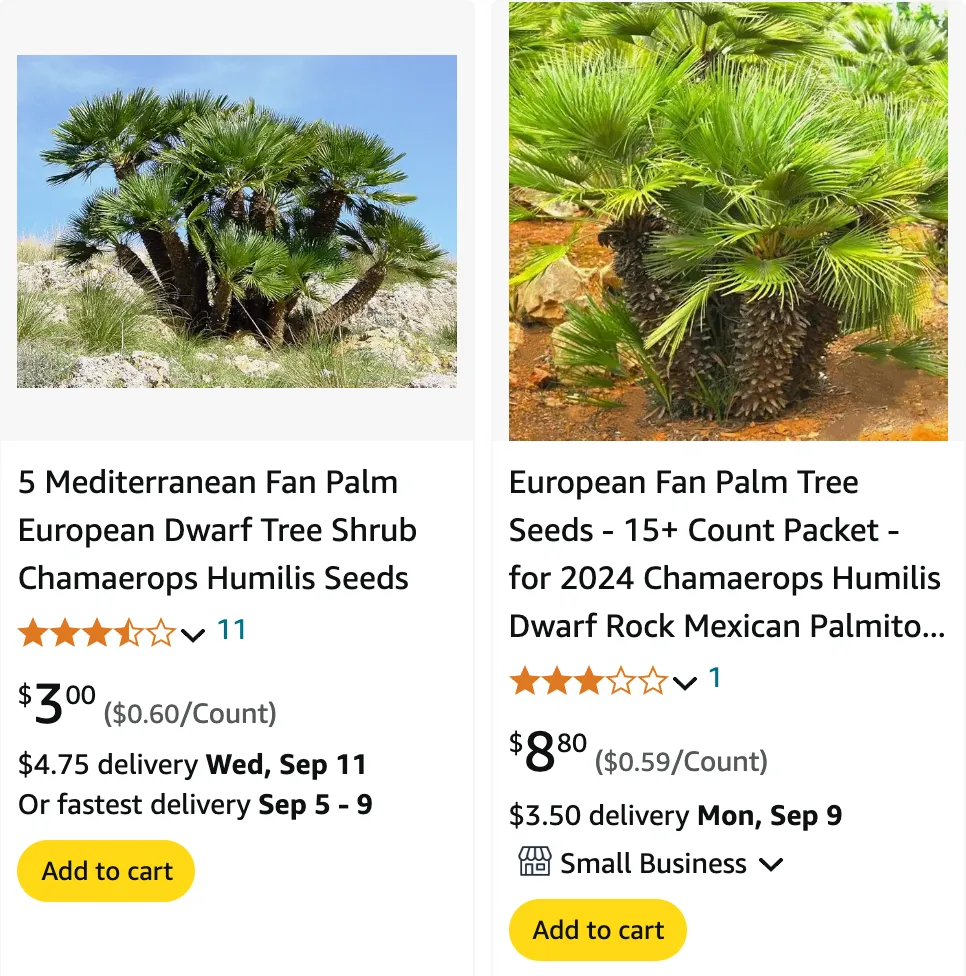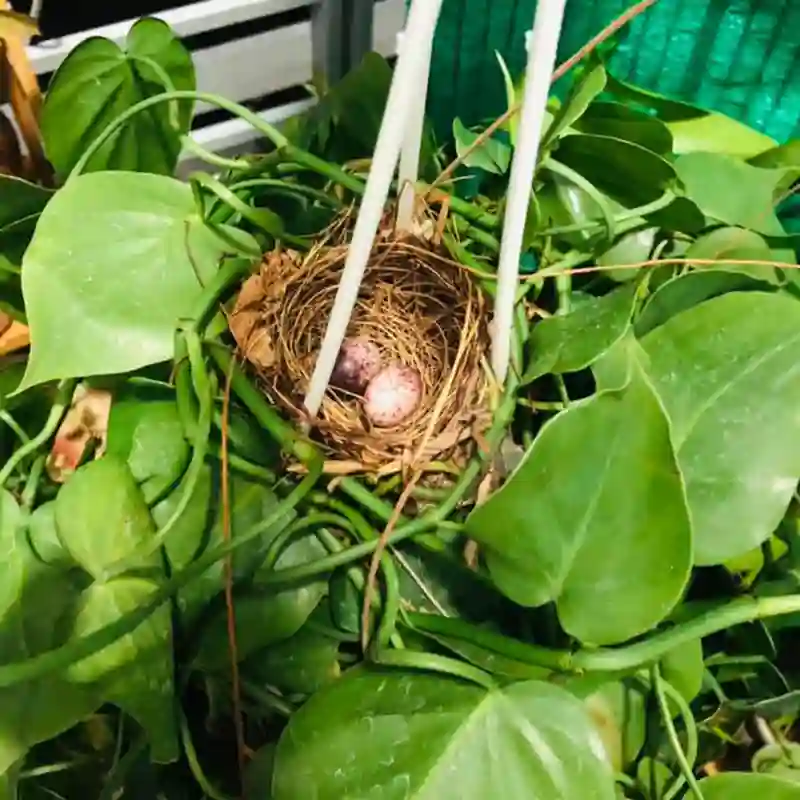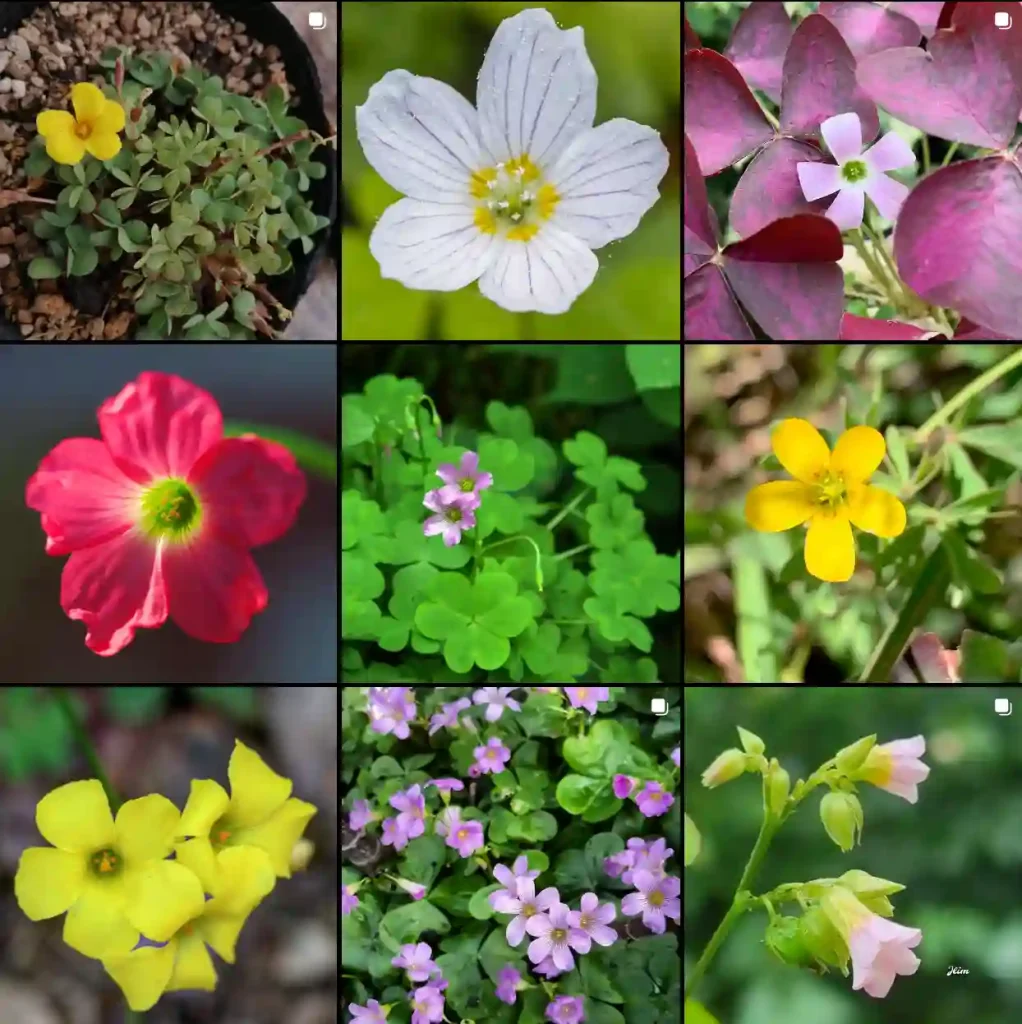
FAQs About Chamaerops Humilis
Chamaerops Humilis, commonly known as the European fan palm, is a fascinating and versatile palm that has piqued my interest over the years. Whether you’re a seasoned gardener or a novice, you might have questions about this hardy plant. I’ll share my experiences and insights on various aspects of Chamaerops Humilis, addressing common queries and offering practical tips.
What Is Chamaerops Humilis?
Chamaerops Humilis is a clumping palm belong to the Arecaceae family, native to the Mediterranean region. It’s known for its rugged appearance and ability to tolerate drought and poor soil conditions. Its fan-shaped leaves and slow growth make it a popular choice for both garden landscapes and container planting.
Plant Family: 184 Genera in Arecaceae
How Fast Do Chamaerops Humilis Grow?
Chamaerops Humilis is known for its slow to moderate growth rate. In ideal conditions, it can grow about 6 to 12 inches per year. This slow growth can be both a benefit and a challenge. On the one hand, its slow pace means it won’t quickly outgrow its space or require constant pruning. On the other hand, it also means that if you’re looking to fill a large space quickly, you might need to be patient or consider planting several.
Does Chamaerops Humilis Do Well in Shade?
While Chamaerops Humilis is a hardy palm, it thrives best in full sun to partial shade. It can tolerate some shade, especially in hotter climates, but its growth might be slower and its foliage less dense. In my experience, the best way to ensure a healthy palm is to place it in a location where it gets plenty of sunlight, ideally at least 6 hours a day.
How to Divide Chamaerops Humilis Suckers?
Dividing Chamaerops Humilis suckers can be a straightforward process if done correctly. Here’s a step-by-step guide based on my personal experience:
- Identify Suckers: Look for healthy suckers growing around the base of the main plant. These suckers should be at least a few inches tall and have their own root system.
- Prepare Tools: Use a sharp, clean knife or pruning shears. Sterilize your tools to prevent disease.
- Separate the Sucker: Gently dig around the base of the sucker to expose the roots. Carefully cut the sucker away from the main plant, making sure to include a portion of the root system.
- Replant: Plant the separated sucker in a new pot or location, and water it well. Keep it in a shaded area initially until it establishes itself.
How to Get Rid of Baby Chamaerops Humilis?
Getting rid of baby Chamaerops Humilis, or suckers, can be done through a few methods:
- Manual Removal: If they are small and manageable, you can simply pull them out by hand. Make sure to remove all the roots to prevent regrowth.
- Cutting: For larger suckers, use pruning shears or a saw to cut them off at the base. Be sure to dispose of the cuttings properly to avoid spreading any pests or diseases.
- Chemical Control: If the suckers are persistent, you might consider using a non-selective herbicide, but this should be a last resort and used with caution.
How to Grow Chamaerops Humilis from Seed?
Growing Chamaerops Humilis from seed can be a rewarding process, though it requires patience. Here’s how I’ve approached it:
- Seed Preparation: Soak the seeds in warm water for 24 hours to soften the outer shell.
- Planting: Use a well-draining potting mix. Plant the seeds about 1 inch deep.
- Watering: Keep the soil consistently moist but not waterlogged. A humidity dome or plastic wrap over the pot can help retain moisture.
- Temperature: Maintain a warm environment, ideally between 70-80°F (21-27°C). Germination can take several weeks to months.
How to Propagate Chamaerops Humilis?
In addition to growing from seeds, Chamaerops Humilis can be propagated through suckers. The method I find most effective is:
- Select a Sucker: Choose a healthy, well-rooted sucker.
- Separation: Follow the steps for dividing suckers as described earlier.
- Planting: Replant the separated sucker in a new pot or garden bed, and keep it in a shaded, humid environment until it establishes.
Chamaerops Humilis vs Trachycarpus Fortunei
Chamaerops Humilis and Trachycarpus Fortunei (windmill palm) are often compared due to their similar appearance, but there are key differences:
- Growth: Chamaerops Humilis generally grows slower than Trachycarpus Fortunei.
- Appearance: Chamaerops Humilis has fan-shaped leaves and a bushier appearance, while Trachycarpus Fortunei has more elongated, windmill-like leaves.
- Hardiness: Both palms are cold-hardy, but Trachycarpus Fortunei can tolerate slightly lower temperatures.
How to Care for Chamaerops Humilis?
Proper care involves:
- Watering: Water regularly but allow the soil to dry out between waterings.
- Fertilizing: Feed with a balanced palm fertilizer during the growing season.
- Pruning: Remove dead or damaged fronds to maintain its appearance.
Is Chamaerops Humilis Toxic?
Chamaerops Humilis is non-toxic to pets and humans. It’s a safe choice if you have animals or children in your garden.
Benefits of Chamaerops Humilis
This palm is drought-tolerant, low-maintenance, and adds a tropical touch to gardens. It’s also adaptable to various soil types and can handle occasional neglect, making it ideal for busy gardeners.
Common Problems
- Pests: Watch for spider mites and scale insects.
- Disease: Root rot can occur if the soil is too wet. Ensure good drainage.
Chamaerops Humilis is a hardy, versatile palm that offers a lot of benefits for gardeners looking for a durable and attractive plant. Whether you’re dividing suckers, growing from seed, or simply comparing it to other palms, understanding its needs and characteristics will help you make the most of this unique palm.
If i die, water my plants!



